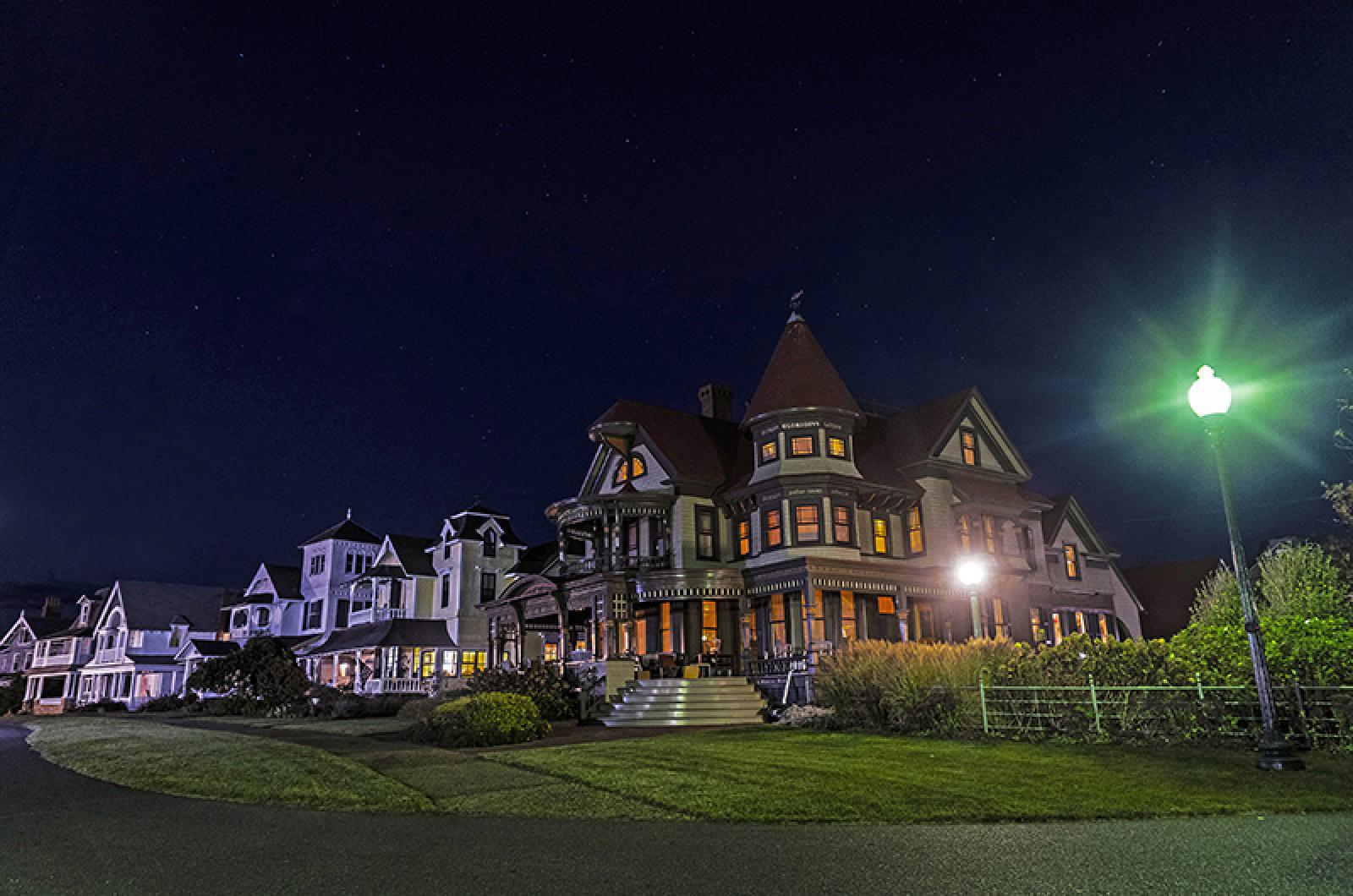One of the great features of autumn nights is high overhead when the Milky Way, our galaxy, crosses the sky. You can’t miss it on a moonless night.
Step outside around 9 p.m. or later and the Milky Way extends from the southwestern part of the sky, up overhead, and drops into the northeastern sky from horizon to horizon.
Start your tour just above the northeastern horizon where the constellation Perseus is rising. Look up towards the zenith for the brightest star Vega. The Northern Cross, also called Cygnus, the swan, is in excellent position truly overhead. If the night is particularly cloudless and clear you will see that the Milky Way has many features.
The Milky Way has texture like a partially lit curtain. The darkest parts are called coal sacks and there are plenty of them in our night sky. The brightest parts of the Milky Way helps define the overall shape of the mass of those billions of stars.
Those coal sacks aren’t starless. They are giant clouds of dark matter, stars of the past and stars in the future.
The Milky Way drops below the horizon in the southwest, where the bright planets Saturn and Jupiter hang low in the sky.
| Day | Sunrise | Sunset |
|---|---|---|
| Fri., Oct. 9 | 6:46 | 6:10 |
| Sat., Oct. 10 | 6:47 | 6:09 |
| Sun., Oct. 11 | 6:48 | 6:07 |
| Mon., Oct. 12 | 6:49 | 6:05 |
| Tues., Oct. 13 | 6:51 | 6:04 |
| Wed., Oct. 14 | 6:52 | 6:02 |
| Thurs., Oct. 15 | 6:53 | 6:01 |
| Fri., Oct. 16 | 6:54 | 5:59 |
| Day | Max (Fº) | Min (Fº) | Inches |
|---|---|---|---|
| Oct. 2 | 73 | 56 | T |
| Oct. 3 | 74 | 55 | T |
| Oct. 4 | 69 | 47 | 0.00 |
| Oct. 5 | 67 | 58 | 0.11 |
| Oct. 6 | 65 | 45 | 0.03 |
| Oct. 7 | 67 | 57 | 0.00 |
| Oct. 8 | 71 | 53 | T |




Comments
Comment policy »